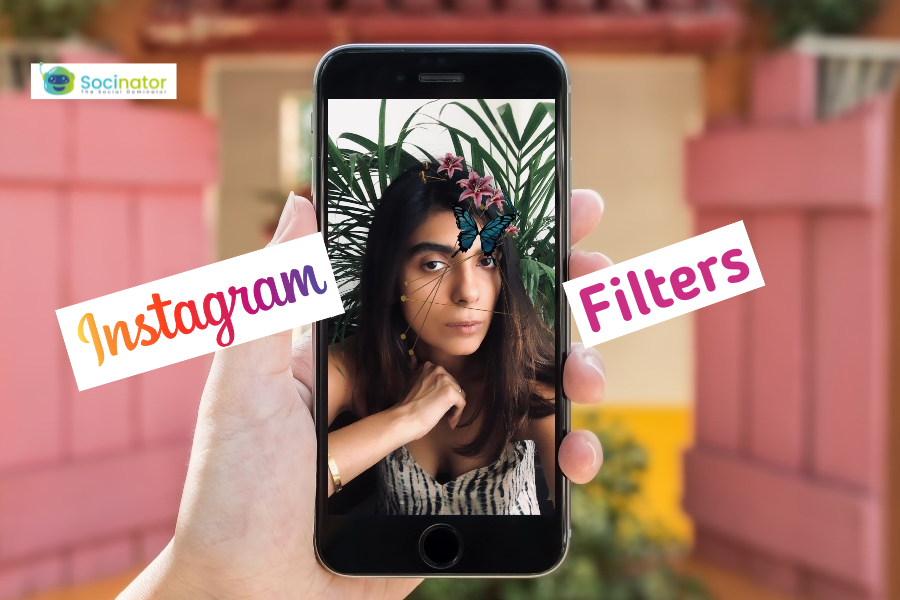Are you having trouble getting the word out about your cause and gaining more support for your organization via social media or feel that your social media strategy is lacking somewhere?
A lack of funds, time, or resources, not to mention the low social media engagement that many social media platforms are throwing out to Pages and accounts of all kinds, could contribute to declining success.
But, if your nonprofit’s social media presence isn’t performing as well as you’d anticipated, how can you avoid getting discouraged? Is it possible to raise funds, get support, and attract volunteers organically through social media?
Yes, is the response.
This article will show you how to use social media to impact a small budget as a nonprofit significantly. I’ve got you covered on everything from using interactive material to evaluating the outcomes you’re getting!
First, let’s talk about why you’re promoting your nonprofit in the first place.
Why Should Nonprofits Pay Attention to Social Media?
Using social media effectively allows you to market your nonprofit and recruit volunteers to assist with your cause. Furthermore, in an industry where there isn’t often much in return for a gift or volunteer offer, the short-form material you’re posting on social media means your audience doesn’t have to do much to get involved.
If your audience gives a donation but doesn’t receive anything in return, it’s good to make it as simple as possible for them to participate.
Isn’t it true that we all prefer ease and convenience?
Define the Social Media Objectives for your Company.
Define your goals as the first stage in your non-social profit’s media marketing journey. Spend some time answering the following question to begin:
What are you hoping to achieve with your social media content?
As a nonprofit, you may wish to achieve any (or all) of the following objectives:
- Boost brand awareness
- People need to know about your cause and purpose.
- Obtain funds from both new and old sources.
- Make use of your current supporters.
- By recruiting new audiences, you can broaden your reach.
- Other (non-monetary) activities, such as volunteer sign-ups, might be used to inspire others.
Remember to Set “SMART” Goals
It will be easier to track your progress and quantify your achievement if you use this framework to create your goals.
Collaborative Brainstorming
Keep in mind that public-facing media represents your entire organization, voice, and brand. As a result, it’s ideal for including personnel and stakeholders that represent a diversity of viewpoints in developing goals and social media initiatives.
Who are you Hoping to Reach out to Through Social Media?
Different demographics of individuals respond to different types of material on social media networks. Even though your work is relevant to multiple demographics, you must know who each post/platform attracts to tailor your content correctly. This way, you know you’re efficiently communicating with one stakeholder, and if others become interested, that’s a bonus.
Checkout latest blogs –
Earn From Video Ads In 2022 | Video Marketing Strategy
Want To Be A Social Media Influencer: Here’s How You Can Be One
Changing The Marketing Game With Insta Live
Make a Social Media Calendar to Ensure Consistent Posting
You have a lot of big ideas, but it’s easy to lose sight of the fundamentals if you don’t have a social media strategy in place. Use a social media calendar to plan out your content and ensure that you’re posting on all of the social media channels where your nonprofit is active.
You can organize your calendar in an Excel spreadsheet, but a social media management tool is invaluable if you want to boost interaction. These programs allow you to schedule your posts automatically, giving you the ability to plan and ensure that your followers have a meaningful diversity of content with which to connect.
Yes, you are correct, Socinator. It is a tool that can work wonders for you when you least expect it. Socinator can also Broadcast greeting messages to new followers to make them feel more welcome in your community. In addition to its lengthy list of capabilities like automating your Follow, Follow back, Commenting, Like, Scheduling posts, Scheduling Profile photos, and offering you all the insights you need, it is a perfect social media platform management .
The Socinator function allows you to respond to new messages automatically. It enables you to filter messages using filter settings and perform actions at a predefined time.
The following settings are for Initiating Socinator’s auto-reply for new message activity.
Filtered Messages
Reply to a New Pending Message:-
- It will look at all of the pending messages from users who aren’t following you and then respond to all of them automatically.
All Messages Should Be Replied To:-
- This option responds to all unanswered messages.
- If the software identifies a pending message that contains a specific word, it will respond to all of them.
Overall, Socinator will be one of the most effective social media marketing tools for busy businesses looking to expand their reach organically.
Also Watch –Sociopublisher Advanced General Settings
Encourage People to Interact with your Material by Posting Interactive Content.
Interactive content needs your viewers to do something rather than passively watch or read it. If you can incorporate this type of content into your nonprofit’s social media calendar, there’s no reason you won’t be able to increase engagement and accomplish your goals sooner. Adding content to your to-do list does not imply that you will have to spend hours crafting a unique post. You might add some creativity to you social media strategy like:
- Create Twitter polls.
- Organize an Instagram Stories Q&A session.
- Make a Facebook poll.
In a regular status post, invite your audience to contribute their tale.
You’ll acquire valuable insights into your current follower base regardless of which type of interactive content you use to promote your nonprofit on social media. That information will be important in the future for generating better-targeted content.
Solve the Issues That Your Audience is Experiencing.
Nonprofits are used to requesting donations from their supporters. It doesn’t matter if you want to support a cause, sign a petition, volunteer, or donate.
People can use social media to address problems, but it can also empower people to help them reach their goals. You can develop a reciprocal relationship that builds trust by making important information readily available to others. All of this contributes to higher audience retention.
Use Hashtags to Expand your Audience.
Remember how I said that most social media networks are becoming pay-to-play?
I’ve come up with a quick fix: include hashtags in your material. Using a hashtag to brand your nonprofit’s social media material can help you get more organic reach because it allows the content to be seen in native searches. All major social media platforms, such as Facebook, Twitter, Instagram, Pinterest, and LinkedIn, offer search tools. With millions of users visiting the site every day, why wouldn’t you want to put your charity before them?
If you’re able to: start your hashtag and grow a significant following by participating OR use a famous hashtag and make it your own
Keep Track of your Progress and Evaluate your Results.
Experimenting and watching how well different posts perform is always an excellent method to determine what content performs best for your nonprofit on social media.
You can learn more about your audience when they’re online and what types of material they prefer.
For nonprofits, social media marketing may be a game-changer. It’s an effective tool for achieving your objectives and reaching out to new people. However, developing a social media strategy needs trial and error, so be patient, try out new content, and tweak your plan. In no time, you’ll be a social media guru!
Create a Nonprofit Social Media Policy
The internet, and particularly social media, is a confusing realm. As a result, nonprofit organizations must adopt a social media policy that instructs employees and volunteers on using the specified social media channels and protects against inappropriate online activity. Staff, interns, and volunteers may be trained on usage and social media strategy by organizations. As a result, social media training for organizations should be based on documented policies and norms.
Finally,
Every company’s social media strategy should include social media marketing, and it can help NGOs achieve more meaningful goals, including raising awareness, demonstrating impact, and encouraging action. Furthermore, social media is an excellent tool for improving engagement with your fans, funders, and, in some situations, the communities with which you are working.
On the other hand, setting it up might be difficult, especially if you don’t have someone to social media management platform who is solely dedicated to nurturing and expanding it. These pointers should assist you in developing an initial social media strategy.










